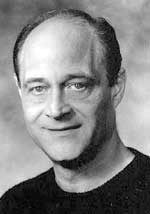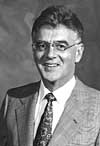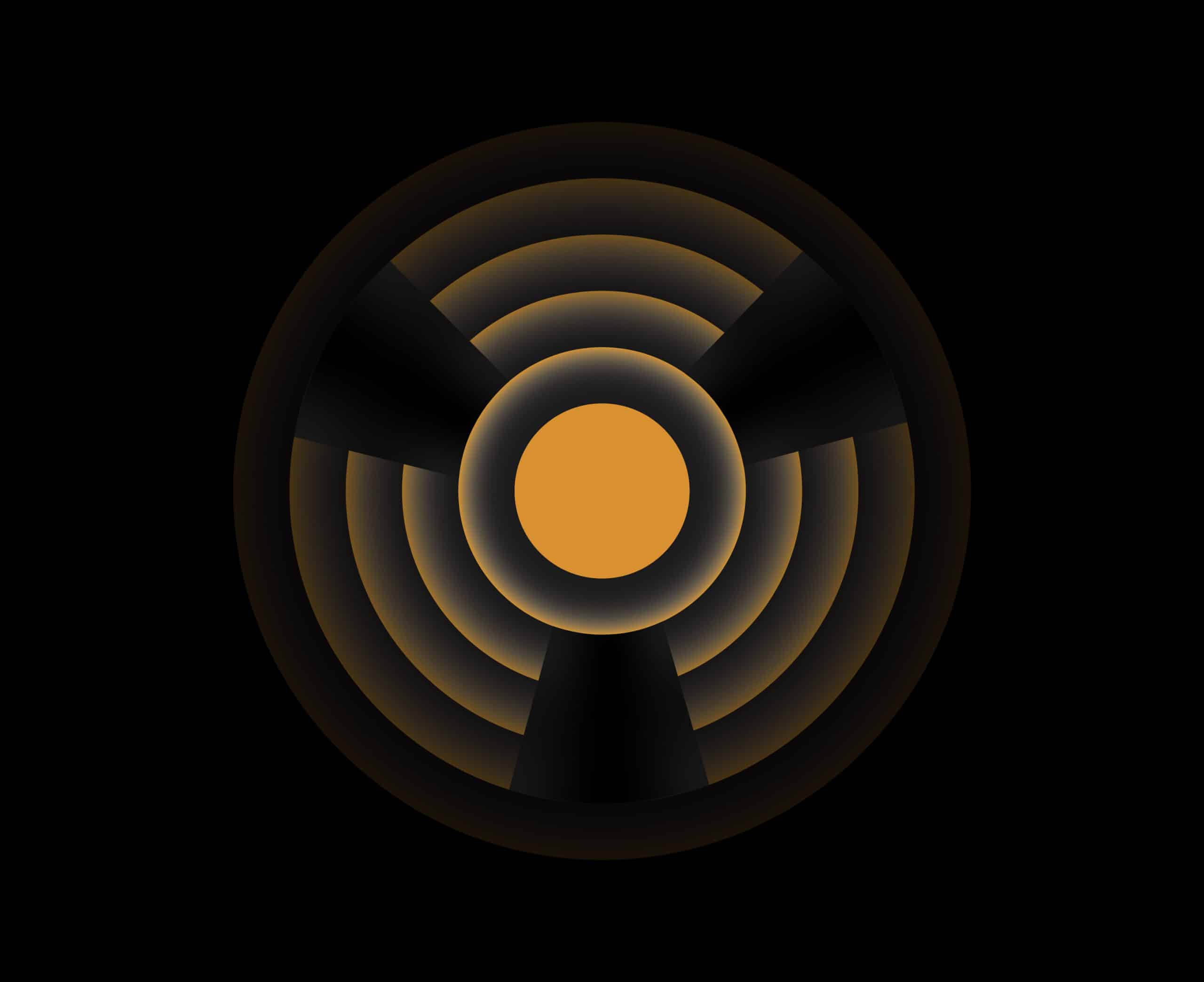Todd Storz and Radio's Revolution

Richard Fatherley
|
Like a Rolling Stone Richard Fatherley Knows BestBy Ben Fong-Torres SPECIAL TO THE REPOSITORY Top 40 radio, as we all know by now, was born in a tavern in Omaha, Nebraska one evening in the early '50s, when Robert Todd Storz, owner (with his father) of KOWH, and program director Bill Stewart noticed how often customers kept playing the same songs on the jukebox. At least that's what Richard Fatherley says. Fatherley, who lived in Kansas City, Kansas and passed away on March 8, 2010, was a production director at Storz's KXOK-St. Louis in the mid-'60s and PD at the chain's Kansas City giant, WHB, from 1967 through '69. He joined the Storz group just after Todd Storz's death, at age 38, in 1964. Over the past several years, Fatherley pieced together the early history of Top 40 radio for a documentary. Plans for a video have given way to an audio history, and Fatherley, along with Ray Otis, a former PD at KXOK, have put together what might be called a first draft, entitled Radio's Revolution & the World's Happiest Broadcasters (WHB geddit?). Storz, it's generally agreed, invented Top 40. The other broadcaster credited with pioneering the format is Gordon McLendon, who did his thing in Texas. But even McLendon, Fatherley notes, has conceded that Storz was first, and, in Radio's Revolution, Fatherly quotes a WHB PD recalling how McLendon visited the Kansas City station once. "He came in and sat on my wastebasket and listened...and went back to Dallas and picked it up." But it's what is not in the Fatherley documentary that's raising eyebrows. Namely, the classic story about that evening in the bar is missing. Instead, the birth of Top 40 is traced to some 1950 University of Omaha research that indicated that listeners listed music as a major reason for using the radio. Storz acquired the research. Then, inspired by the work of WNEW-New York, he ditched all network programming from KOWH for music, and, in line with the popular music focus of such shows as Your Hit Parade and Lucky Lager Dance Time, gave the top ten songs heavy rotation. After acquiring WTIX in New Orleans, he heard about rival WDSU's Top 20 on 1280 show, and, as Fatherley told me, "He added 20 titles, upstaged WDSU by one hour, and went on for an hour after the other show had ended." Thus, he had a Top 40 show. (Video: Wm. L. Armstrong confirms the origin of the Top 40 format here.) But what about that scene in the bar, a scene described numerous times by Bill Stewart and spread by other employees, by magazine accounts, and by various radio history books? "The bar room is a mythology," Fatherley says. "Todd Storz used what he observed of jukebox play and record sales to determine the frequency of record play." Fatherley pointed me to a 1957 article in Television magazine, "The Storz Bombshell," in which the young radio wizard explained his format. "I became convinced that people demand their favorites over and over while in the Army during the Second World War," he said. "I remember vividly what used to happen in restaurants here in the States. The customers would throw their nickels into the juke box and come up repeatedly with the same tune." There was the bombshell. Storz was telling the juke box story; only it'd happened not across the street from KOWH, but in another time; another place. Radio's Revolution is not for sale. However, Fatherly is making it available "to people who have an interest in the history." Here's more information. (Reprinted from Gavin with the author's permission. Learn more about the history of Top 40 radio from Ben Fong-Torres' book, The Hits Just Keep On Coming: The History of Top 40 Radio, published by Miller Freeman Books (800-848-5594, www.books.mfi.com, ISBN: 0-87930-547-9) How about a U.S. Postage Stamp honoring the Father of Top 40? Read A Stamp For Storz. |



